Letters from camp: The case for Kyle Isbel
After a season of adjustments at the plate, the Royals need to find a way to get another prospect into the lineup.
No, we haven’t forgotten about Kyle Isbel. To do so would be foolish.
He may not have the helium of a Nick Pratto or M.J. Melendez, nor does he have the pedigree of a Bobby Witt Jr., but Isbel is still highly regarded by the prospect hounds as a potential regular in the Kansas City outfield.
From Baseball Prospectus:
But when you combine average—or a tick above—production at the plate, with the ability to handle all three outfield spots—he’s likely plus in a corner given how well he runs—you get a useful every day player. And if Isbel does figure out how to yank a few more fastballs down the right field line, he might be a /good/ every day player.
From Baseball America:
Isbel showed much more confidence when he returned to the Royals’ lineup in September, posting a .286/.362/.452 batting line in his final 11 games, as he was more focused at the plate, his swing path improved, and he wasn’t as pull-conscious.
So ignore Isbel at your own peril. Except that’s exactly what I did earlier this month when I took a stab at projecting the 26-man roster, omitting him from that exercise. My rationale was that there simply wasn’t space for him and that, rather than exile him to the bench in a fourth outfielder role, the Royals would choose to have him get regular playing time in Omaha.
Does that make sense, though? Is there any way for Isbel to shove his way into one of the three outfield positions to claim a spot in the Royals lineup?
Isbel was, by his own admission, too passive at the plate last April. The data, even with the small samples, bears this out.
Yes, Isbel reduced his swing rate on the fastball but was much more aggressive on offspeed and breaking pitches. As detailed at FanGraphs, the result was an overall swing rate on pitches in the zone went from 55.4 percent in April to 63 percent in September. Meanwhile, his swing rate on pitches outside the strike zone tumbled from 40 percent in April to 34.7 percent in September. Part of that is probably just comfort in coming through for a second cup of coffee following a successful stint in Triple-A. However, Isbel did recognize the need to make adjustments.
From The Athletic:
Thinking back through the big-league games, he realized his plate discipline actually hindered him at the big-league level.
“I don’t like getting out,” Isbel said, “so when I got out a few times, I was being more selective to where I could get a better pitch to hit. But when you’re facing guys like Shane Bieber and Lance Lynn, you don’t really get many good pitches to hit anyway.”
While changing his approach at the plate and consciously deciding to become more aggressive, Isbel also worked with hitting coordinator Drew Saylor and director of hitting performance Alec Zumwalt to smooth out what was termed a “hip slide.” That work involved a new setup at the dish.
This was Isbel’s stance at the plate in April.
That’s a “classic” baseball stance, isn’t it? Except in the case of Isbel, it was leading to some bad habits and some poor outcomes. Compare that to his stance after working with the Royals’ hitting coaches in September.
The September stance is much more open while his back foot is pointed more toward third base. His hands are also higher in September, resting well above his back shoulder.
In both at bats represented above, Isbel is about to receive a fastball down the chute. This is how he looked just ahead of contact in April.
Again, compare that to roughly the same moment in his swing in September.
That “hip slide” that Saylor and Zumwalt worked to eliminate is evident in the still from April. His hips are closed, but his butt is “pointing” a bit toward first base. That’s the slide. That’s not happening in the photo from September, where his back foot pointing inward is preventing that slide from happening. He’s a bit more upright there.
Now, let’s put the pieces all together.
Isbel’s April swing:
And September:
There are some similarities in the swings, but the differences are what powered Isbel to a much better month. The hip slide in the above gif has him seemingly off balance to where he pops up an elevated fastball. While the pitch in the gif from September is lower, you can still tell how eliminating the hip slide has let to better bat control, allowing him to get a meatier part of the barrel on the ball.
The numbers really tell the story.
Yes, it’s a small sample. Yet the difference between the two months is profound. Isbel, by becoming more aggressive at the plate, stopped falling behind in too many counts and cut down on his strikeouts. He was also smart in his aggressiveness, laying off on pitches out of the zone and drawing a couple more walks.
The big difference is how his April success, as limited as that was, was powered by BABIP. That regressed in September, but his on base percentage and batting average saw increases. How about a 200 point jump in slugging? Eliminate that hip slide, inject a dose of confidence in a new approach at the plate and amazing things can happen.
Defensively, Isbel can play all three outfield positions. He has a plus arm, speed and the instincts to cover the ground at The K. He profiles more as a corner outfielder, but the bet here is that he can certainly hold his own in center. He may not win a Gold Glove or Fielding Bible Award, but he would be an above-average defender wherever he plays.
Which brings us to the all-important question: If he’s on this roster (as he should be) where does Isbel play on the 2022 Royals? Left field is the domain of Andrew Benintendi, who is a free agent after this year, but I believe the Royals are working to extend. Center is the home of Michael A. Taylor who signed a two-year extension last September. Right field, if early spring training lineups are any indication, is likely to be manned by Whit Merrifield. With Hunter Dozier lurking around without a position and the need to give Salvador Perez some at bats as a designated hitter to keep him fresh, does Isbel have a fit?
I’m in agreement with those who say Merrifield isn’t the best option for right. He’s not a good defender there and the bat doesn’t carry for a corner. But it sure feels to me that by a process of defensive elimination, that’s where he’s going to get the majority of his innings.
As the Royals position themselves for contention, it would behoove themselves if they could find a spot for Isbel. Perhaps he can get some time as part of a platoon with Taylor, where the veteran moves into a Jarrod Dyson type role of defensive super-sub late in games while getting a couple of starts a week. He can move into the corners every once in a while to give the regulars at those positions a rest. There’s plenty of time to go around.
The one thing we know for certain, the Royals have plenty of defensive positional flexibility. With a 28-man roster to open the year because of the shortened spring, they can carry Isbel while maintaining a plethora of pitching options. It’s up to Mike Matheny and the Royals’ front office to manage that flexibility of the roster to get a rookie with the upside of an everyday regular into the lineup as much as possible. Isbel made the club last year following a blistering spring. Those early struggles resulted in a demotion and reboot. Isbel should get plenty of credit for continuing to refine his craft to recognize his weaknesses and work to improve. He still has a bright future in Kansas City.
Does Isbel make the Royals’ lineup better? I think that answer is yes. The Royals need to find a regular spot for Isbel.


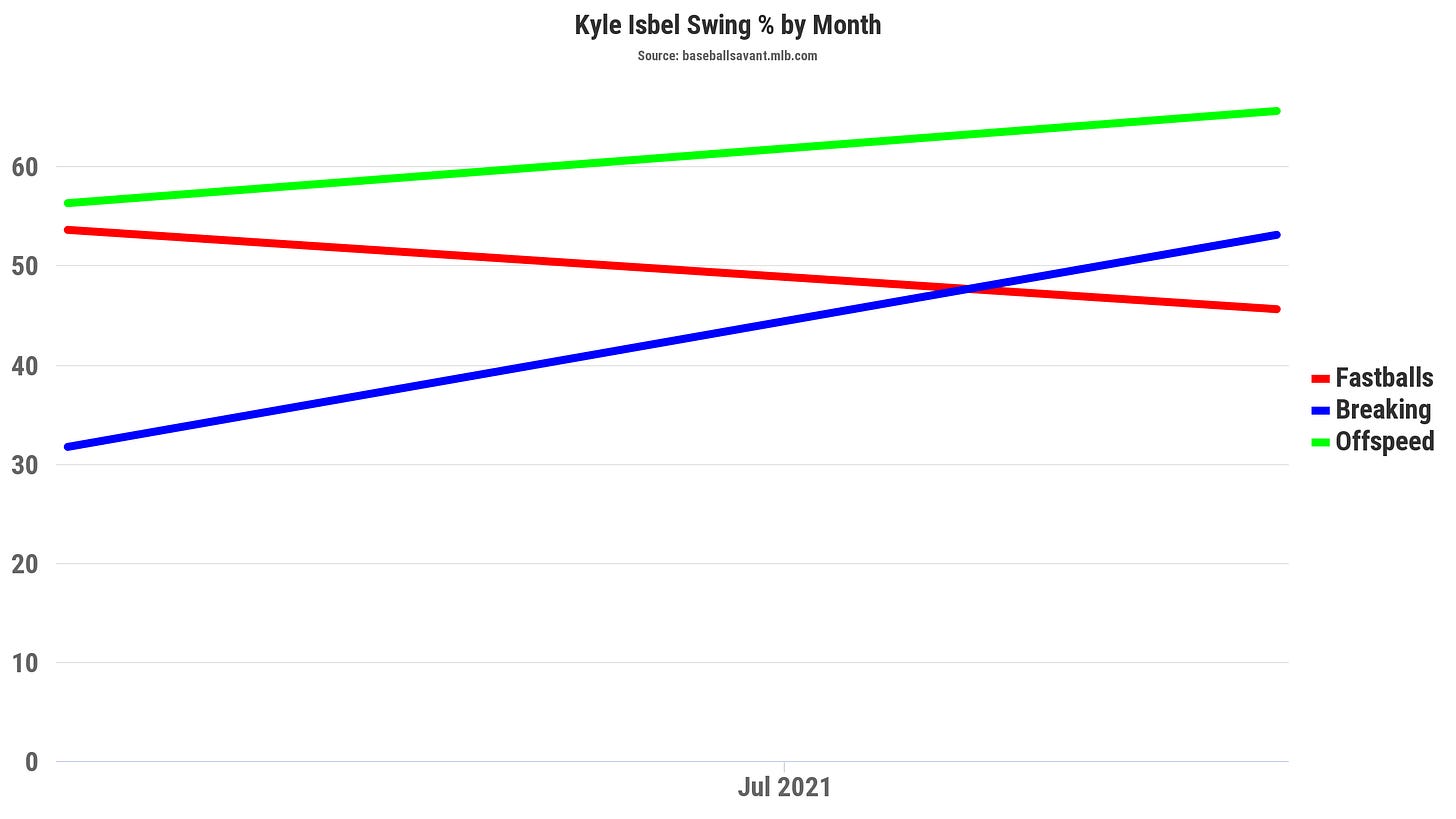
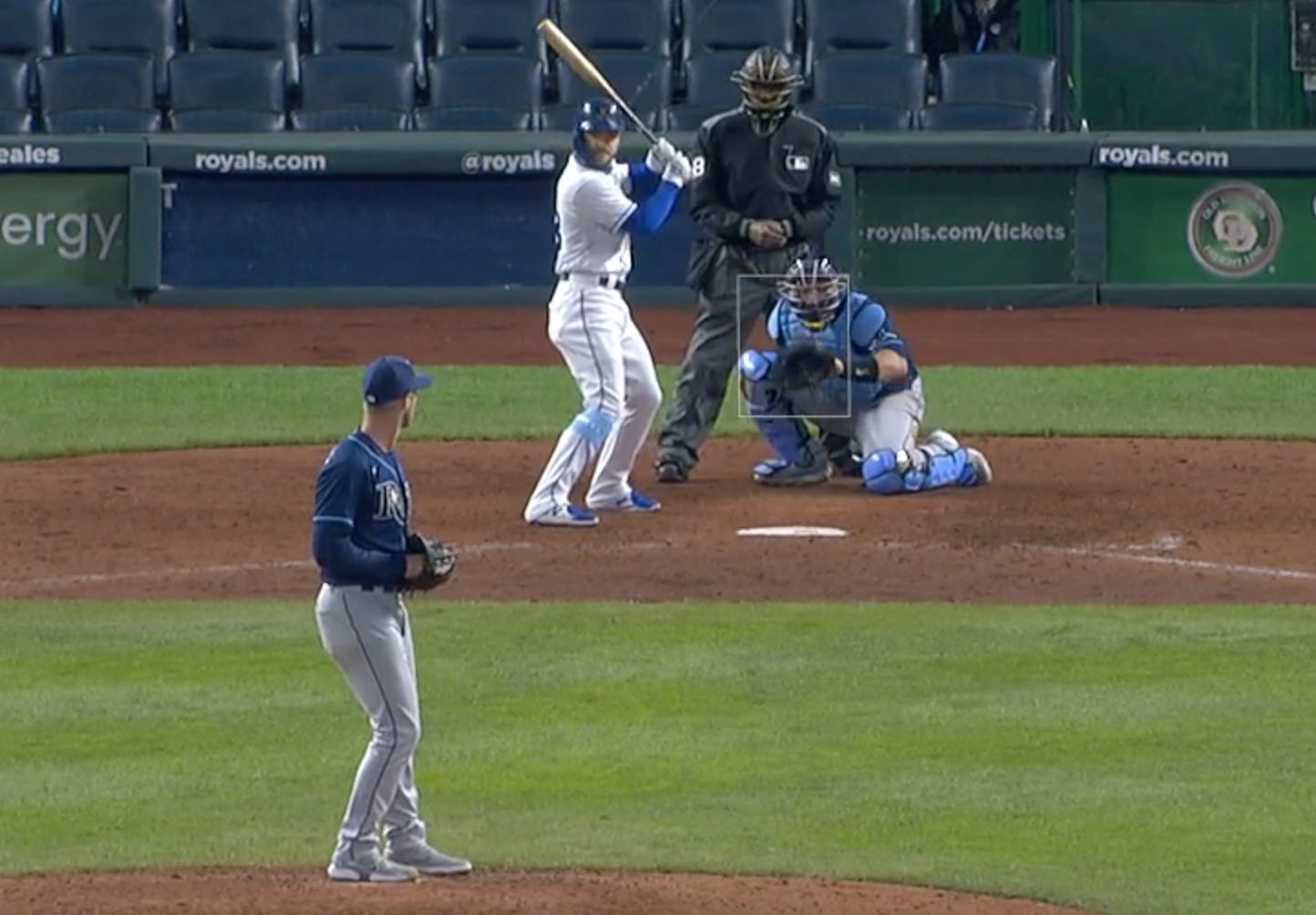

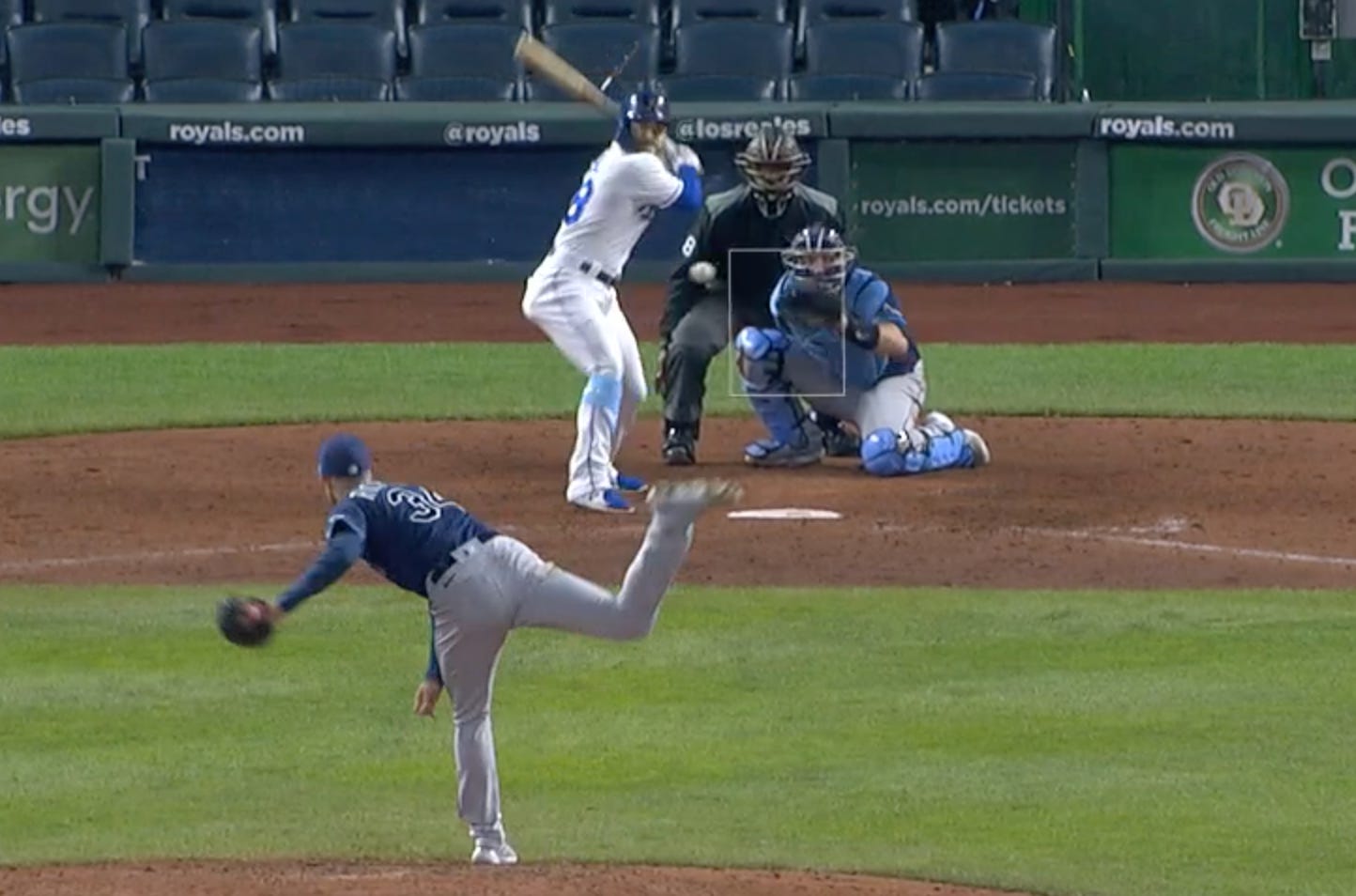

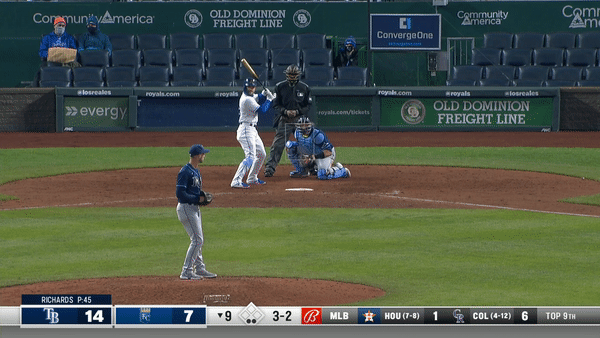
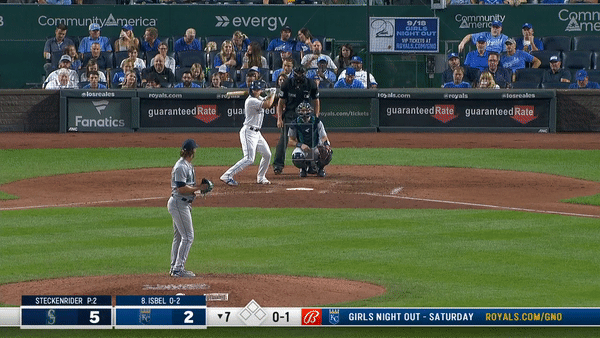

I think the best way for Isbel to get regular playing time is for Santana to get traded. Otherwise I think he starts the year in AAA. And I HATE that.
Great post. Isbel is a nice player, and the key -- as you alluded to -- will be how much leash they give MAT offensively. He's just not an everyday guy, GG defense aside. Isbel has the potential to be Alex Gordon offensively, or AB at his best.